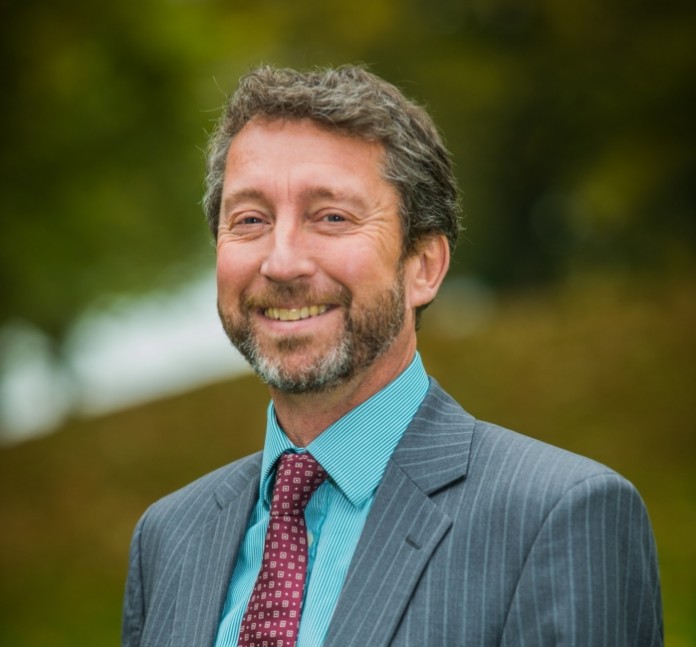Bristol’s inadequate infrastructure is a significant drag on business development in the city’s fast emerging eastern fringes.
And a key motorway link which could substantially ease pressure on the adjoining Ring Road is already years too late to help shift the blockages.
That’s according to Paul Williams, Head of Agency at Bruton Knowles’ Bristol office, who has supported calls for an additional Junction 18a on the M4 since they were revived several years ago.
He said: “The scheme to relieve pressure on the existing M4 junction at Hambrook was first considered 30 years ago – and rejected in favour of increased concentration on public transport.
“Unfortunately, a lack of adequate investment in public transport in the intervening period has meant that the inexorable rise in traffic levels due to both residential and commercial development on Bristol’s north and eastern fringe has caused increasing congestion in the area, especially at peak times, with knock-on effects on journey times and air quality.
“South Gloucestershire Council has now launched a consultation exercise on two option routes – at Lyde Green and around Pucklechurch.
“But in the meantime commuters and businesses are factoring in hours of delays as they run the gauntlet of heavy traffic around the North Eastern fringe.
“They are asking why key infrastructure which could have eased congestion wasn’t constructed before thousands of new homes and commercial developments such as the business parks at Emersons Green and the Bristol and Bath Science park were built.”
Paul Williams said the campaign to build a key link from the Avon Ring Road to a new Junction 18a on the M4 could have eased congestion at some of the city’s most notorious chokepoints.
“We said at the outset that the sheer pace of development could restrict the options on where any such link might be built – resulting in problems such as we have seen around Cribbs Causeway.
“While it is encouraging to see South Gloucestershire Council is going out to consultation on the plans the plain fact is the link road should have been built in before the housing estates at Emersons Green and Lyde Green came out of the ground, and before the extensive commercial and industrial development that has also taken place.
“We have a hugely ambitious Science Park attracting investment in hi-tech industries surrounded by a sea of traffic, and unfortunately it seems as if our creaking infrastructure is a drag factor on the future of this part of Bristol.”
The new plans presently out on public consultation will mean the building of an additional junction off the M4 and a link route connecting it with the Avon Ring Road.
There are two main options under consideration, one at Lyde Green in the west and one at Parkfield Rank in the east, running near to Pucklechurch.
This option offers two potential routes – one which runs close by Pucklechurch and another which skirts the village.
“The feasibility study will run until 2018 and a full consultation will begin in August.
“But it is possible that further new development in and around the area could impinge on either of the optioned routes.
“This was and remains our principal concern.”
“It should be clear to everyone that the existing road network struggles to cope with the existing traffic levels, let alone the additional jobs the Science Park is likely to create, and previous piecemeal improvements aren’t sufficient to address the key problem, which is lack of capacity on the road network.
“We are on record supporting and promoting the Bristol and Bath Science Park as an international business and research hub – but we have always maintained the facility is at risk of being compromised by the poor transport connections.
“The forthcoming Metro Bus system will provide direct links between the Science Park and both Parkway Railway Station and the city centre and will hopefully go some way to alleviating the traffic problems experienced in the area at peak times.
“But public transport can only ever be a part of the solution – and a new motorway junction would make a massive difference to the accessibility of the Park and the lives of commuters and businesses on these crucial routes around the city.
“While we would never suggest that new roads are the answer to all of our traffic problems, and we welcome improvements to public transport and other sustainable options, there are also instances where a road may be the best solution, and we hope that if the consultation process bears out our view then the result will be implemented without further delay.”





















